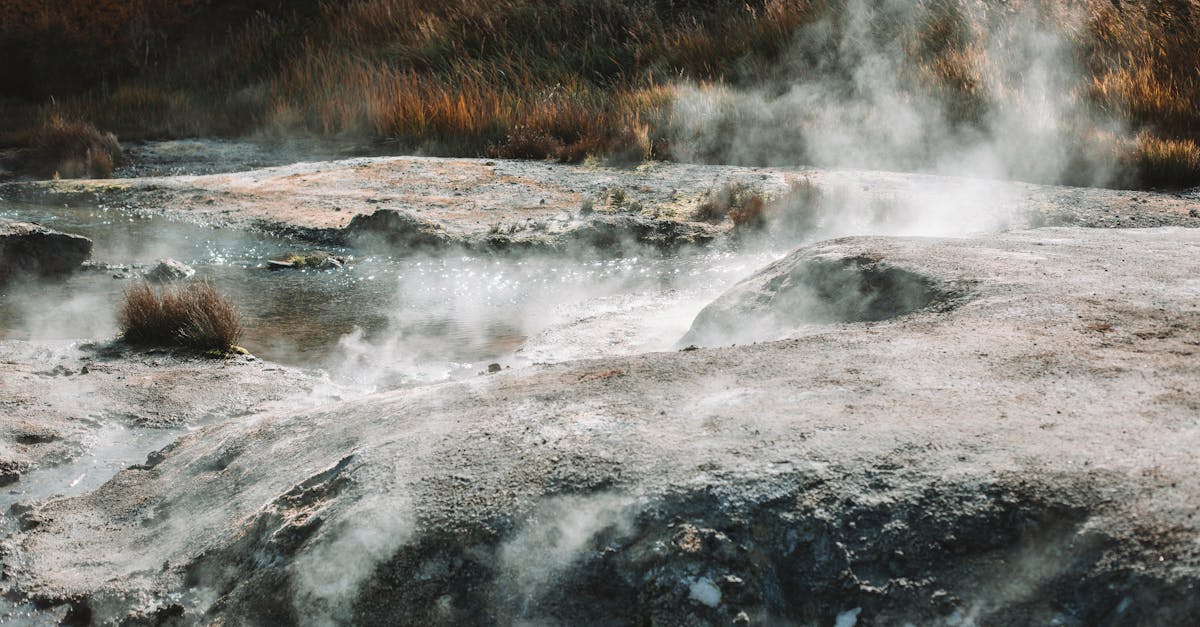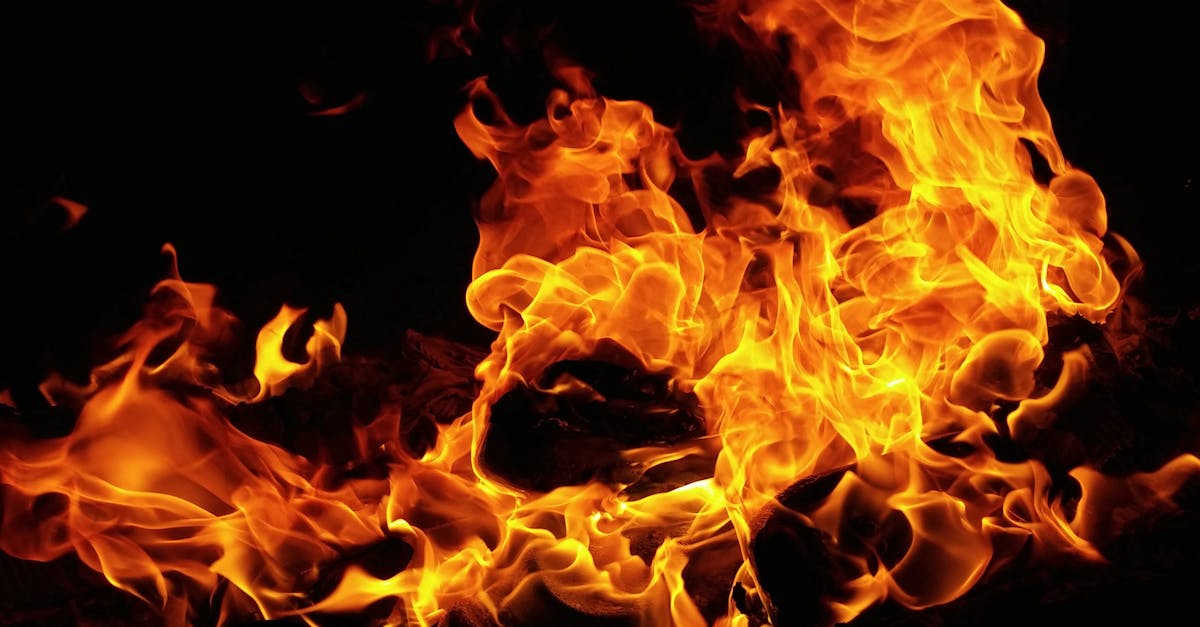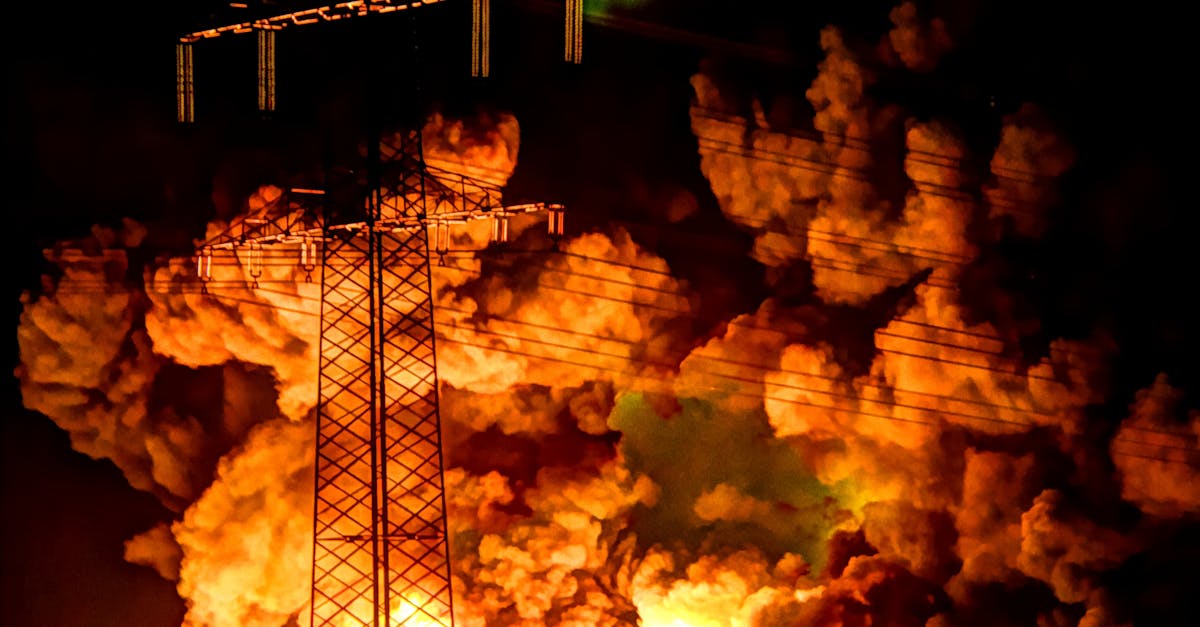
Table Of Contents
Flush the Tank
Flushing the tank is an essential maintenance task that helps ensure your water heater functions efficiently. Over time, sediment and mineral deposits can accumulate at the bottom of the tank, hindering performance and potentially leading to more severe issues. Regular flushing reduces this build-up, helping your unit provide consistent hot water. For those experiencing a complete lack of hot water, this simple procedure may reveal sediment problems that need immediate attention. This could be a crucial step before seeking emergency hot water repair services.
To flush the tank, turn off the power supply and cold water inlet. Attach a garden hose to the drain valve at the bottom of the tank, making sure the other end is positioned safely outside or in a suitable drainage area. Open the valve to drain the water, allowing the sediment to exit along with it. After draining, you can briefly turn on the cold water to stir up any remaining particles, ensuring the tank is clean before closing the valve and refilling the unit. This straightforward maintenance can prevent issues that might lead to more costly emergency hot water repair situations in the future.
Removing Sediment BuildUp
Sediment build-up in a water heater can significantly reduce its efficiency and lead to issues with hot water availability. Over time, minerals and debris accumulate at the bottom of the tank, potentially causing clogs or reducing the heating elements' effectiveness. Flushing the tank helps remove these deposits and can improve overall performance. Regular maintenance is essential to prevent sediment from becoming a bigger issue, which may necessitate an expensive emergency hot water repair.
To effectively remove sediment build-up, start by turning off the water heater and connecting a garden hose to the drain valve. Position the other end of the hose in a suitable drainage area. Open the drain valve and allow the water to flow out, which will help carry sediment with it. It may take some time, and repeating this process annually can keep your water heater running smoothly and avoid unexpected repairs down the line.
Look for Leaks
When dealing with a water heater that isn’t providing hot water, checking for leaks is essential. Leaks can occur in various parts of the system, including the pipes, fittings, and the tank itself. Water pooling around the unit often indicates a leak. Inspect the area thoroughly, taking note of any wet spots or signs of corrosion that may suggest water is escaping.
If a leak is found, prompt action may be necessary to prevent further damage. Often, identifying the source of the leak can lead to a straightforward fix, such as tightening fittings or replacing damaged components. In more severe cases, you might need to consult a professional for emergency hot water repair to ensure your system is operating safely and efficiently. Regular maintenance can also help prevent leaks from developing and causing disruptions in your hot water supply.
Identifying and Repairing Water Leaks
Water leaks can significantly impact the performance of a water heater, leading to inadequate hot water supply. Inspect the area around the heater for visible signs of leaking water. Pay attention to connections, valves, and the tank itself. A slow drip can often indicate a problem that might worsen over time. Regularly checking hoses and fittings gives you the opportunity to catch small leaks before they escalate.
If you identify a leak, immediate action is necessary. Depending on the location and severity of the leak, some repairs might be manageable, while others could require professional intervention. In cases where a leak is severe and affects the heater's operation, seeking emergency hot water repair services is advisable. Addressing the issue promptly can prevent water damage and restore your hot water supply.
Check the Temperature Setting
Adjusting the temperature setting on your water heater can often resolve issues of insufficient hot water. Many water heaters are set at a default temperature of 140 degrees Fahrenheit, which might be too high or too low depending on your needs. If the setting is lower, it may result in lukewarm showers or inadequate hot water supply for everyday tasks like washing dishes or doing laundry. Checking the thermostat and making necessary adjustments can help ensure you have an ample hot water supply.
In cases where you encounter persistent issues with hot water even after adjusting the temperature, it may be time to consider emergency hot water repair options. Sometimes, the thermostat itself could be malfunctioning or the heating elements may need servicing. Regular maintenance can prolong the life of the water heater and contribute to consistent performance. If problems continue, professional help may be required to diagnose and fix underlying issues effectively.
Correcting Temperature Levels
Most water heaters come with a thermostat that allows you to set the desired temperature for your hot water. Over time, this setting can inadvertently change or reset, leading to inadequate hot water supply. Before making adjustments, ensure you account for the needs of your household. A typical setting ranges from 120°F to 140°F. Lower temperatures can lead to insufficient hot water, especially in larger families or during peak usage times.
If you've checked the thermostat and it appears to be set correctly, consider other potential issues that might affect your water heater's performance. Occasionally, malfunctioning thermostats can contribute to inconsistent water temperatures. For those facing persistent issues with heating, consulting a professional may be necessary. They can provide insights into whether an emergency hot water repair is needed, ensuring that your system operates efficiently and offers reliable hot water.
FAQS
What should I do first if my water heater isn't producing hot water?
The first step is to check the temperature setting on your water heater and ensure it's set correctly. You may also want to flush the tank to remove any sediment build-up that could be affecting performance.
How often should I flush my water heater?
It is generally recommended to flush your water heater at least once a year to prevent sediment build-up and maintain efficiency.
What are the signs of a leak in my water heater?
Signs of a leak may include water pooling around the base of the heater, rust stains, or dampness on walls or floors near the unit.
Can I repair a water leak in my water heater myself?
Depending on the severity of the leak, you may be able to perform minor repairs such as tightening fittings or replacing a valve. However, for significant leaks, it's best to consult a professional plumber.
What temperature should my water heater be set to for optimal performance?
The standard safe temperature for a water heater is typically set between 120°F and 140°F. Setting it too high can pose a risk of scalding and also increase energy costs.





























